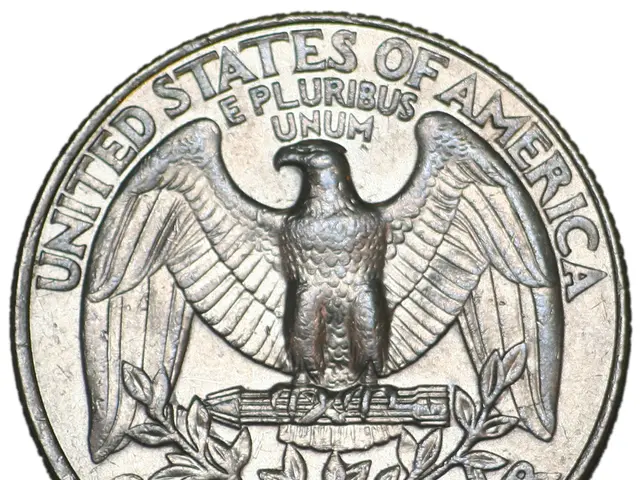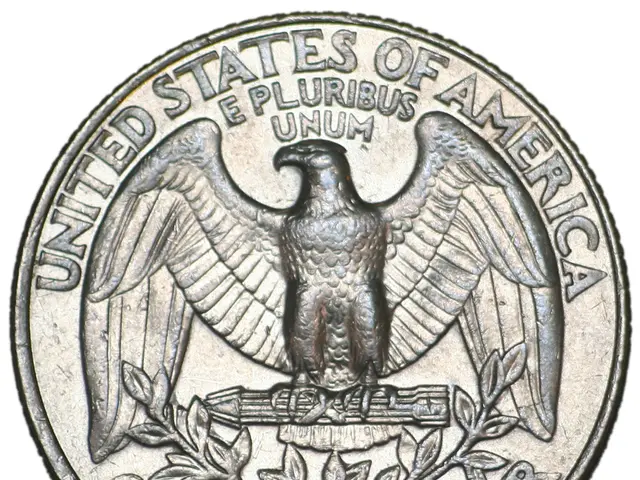Electrical Vehicle Battery and Charging Updates: Nissan, ChargeScape, Clarios, Lectron, StoreDot, XCharge, ChargePoint and EVgo inFocus
Electric Vehicle-Grid Integration Advances Across North America and Europe
In the rapidly evolving world of electric vehicles (EVs), initiatives to integrate EVs with the power grid are gaining momentum in both North America and Europe. Here's a look at some of the key developments in this area.
ChargeScape is a significant collaboration between four automakers - BMW, Ford, Honda, and now Nissan - focused on EV-grid integration in the U.S. and Canada. The platform wirelessly connects to EVs to manage electricity flow based on real-time grid conditions. It enables smart charging (V1G) by reducing demand during grid constraints and V2G by enabling vehicles to send energy back to the grid when needed. This helps grid operators avoid costly and polluting peaker plants and provides financial incentives to EV drivers for participating in demand response programs [2][4].
In North America, programs like BMW’s ChargeForward demonstrate practical deployment of smart charging and V2G concepts nationwide. ChargeForward offers cash incentives to BMW EV and plug-in hybrid customers who shift their charging to times of lower grid demand and higher renewable energy availability. It intelligently schedules charging to align with cleaner electricity generation and reduces carbon emissions, showing a maturing approach to flexible grid resources by EVs [4].
Challenges remain regarding widespread V2G adoption, including grid infrastructure upgrades necessary for handling bidirectional energy flows, managing unpredictable EV charging patterns, maintaining voltage and frequency stability, and scaling solutions for large numbers of vehicles. Nonetheless, current research and pilot projects continue assessing grid needs and enabling technologies to overcome these barriers. The U.S. Department of Energy actively promotes smart grid development to support two-way communication between utilities and customers, a foundation for effective EV-grid interaction [1].
In Europe, similar trends appear with growing emphasis on the integration of renewable energy sources, smart charging infrastructure, and V2G trials, though specific initiatives akin to ChargeScape are typically led by regional automakers and utilities. Overall, the expansion of public EV charging stations, combined with investments in faster charging and smart solutions incorporating renewable energy, supports better grid management and demand response capabilities [3].
Notable partnerships are also driving progress in the EV-grid integration space. For instance, Nissan has entered into an agreement to invest in ChargeScape, a joint venture equally owned by BMW, Ford, and Honda. Highland Electric Fleets and GRID Alternatives have partnered to create a workforce development training program focused on all aspects of electric school bus operations [5].
The Lectron Vortex Plug, an NACS to CCS adapter, allows non-Tesla EV owners to charge at the nation's largest fast charging network, Tesla Superchargers. EVgo and Delta Electronics have partnered to jointly develop next-generation EV charging architecture, aiming to provide EVgo with more control over the full customer experience while bolstering reliability and delivering increased cost savings and enhanced energy efficiency [6].
Nissan's incorporation into the ChargeScape alliance is of particular significance given its sales of over 650,000 LEAF models, one of the first EVs with the capability to export power back to the grid. Clarios, a global leader in advanced low-voltage battery solutions, has announced a strategic investment in Altris, a pioneer in sustainable sodium-ion battery technology [7].
On the residential front, the ChargePoint Home Flex residential charger now includes a simple, affordable, and straightforward home installation with the charger purchase. The Alternative Fuels Data Center (AFDC) has updated the Alternative Fuel Station Locator to include mobile EV charging stations provided by Garner Environmental Services along evacuation routes [8].
As of mid-2025, EV-grid integration initiatives such as ChargeScape and vehicle-to-grid (V2G) technology are actively advancing in both North America and Europe, with growing industrial and governmental support. These developments mark a significant step towards a more sustainable and efficient energy future.
References: [1] U.S. Department of Energy, Office of Energy Efficiency and Renewable Energy. (2021). Smart Grid. Retrieved from https://www.energy.gov/eere/smart-grid
[2] ChargeScape. (n.d.). About Us. Retrieved from https://chargescape.io/about
[3] European Commission. (2020). Alternative Fuels Infrastructure. Retrieved from https://ec.europa.eu/transport/modes/road/vehicles/alternative-fuels/infrastructure_en
[4] BMW Group. (2021). ChargeForward. Retrieved from https://www.bmwgroup.com/en/innovation/electromobility/chargeforward.html
[5] Highland Electric Fleets. (n.d.). News & Press. Retrieved from https://www.hefinc.com/news-press
[6] EVgo. (n.d.). Partnerships. Retrieved from https://www.evgo.com/partnerships
[7] Clarios. (n.d.). News & Events. Retrieved from https://www.clarios.com/en-us/news-events
[8] Alternative Fuels Data Center. (n.d.). Mobile Charging Stations. Retrieved from https://afdc.energy.gov/fuels/mobile_charging.html
- The integration of renewable energy sources and smart charging infrastructure in Europe is similar to North America's approach, with a focus on V2G trials and facility upgrades for bi-directional energy flow.
- As part of the ChargeScape alliance, Nissan's huge customer base of LEAF owners can contribute to the financial benefits of demand response programs, using their EVs to help stabilize the power grid.
- In the realms of lifestyle and technology, advancements in vehicle-grid integration are not only improving the performance of EVs but also offering possibilities for homeowners to participate in smart charging programs, promoting a more sustainable and efficient energy lifestyle.




